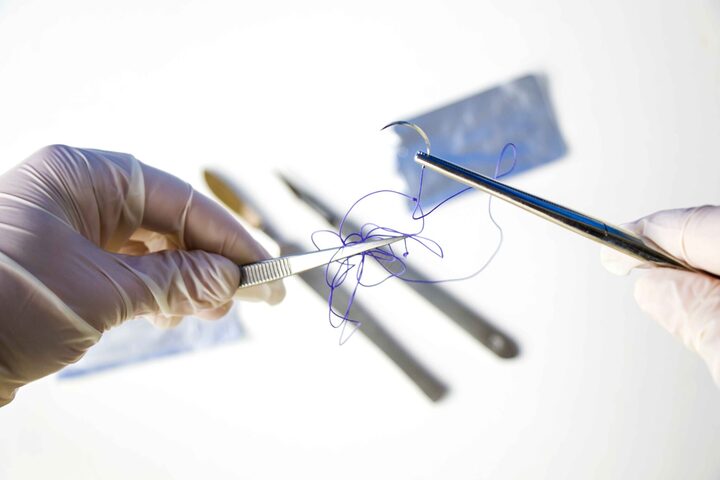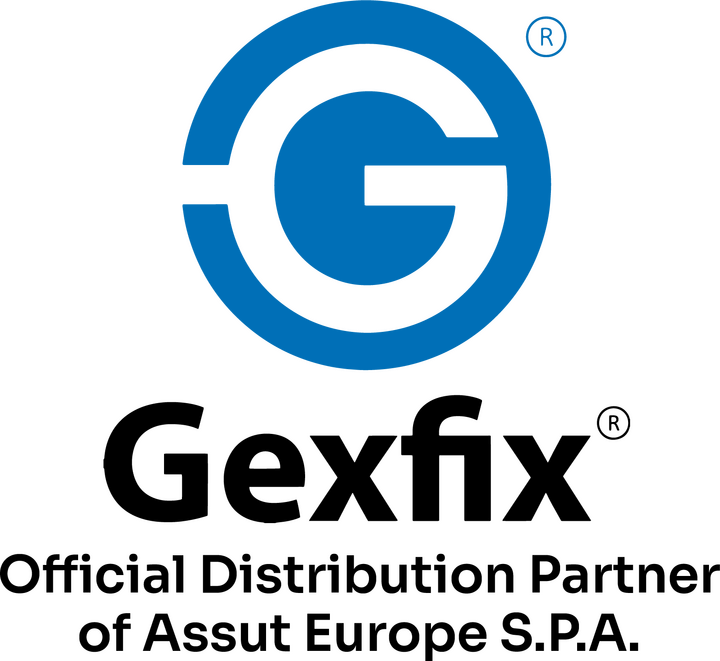Why Choosing the Right Veterinary Surgical Sutures Matters for
About
In veterinary surgery, success often depends on the smallest details. While surgical skill and modern equipment are critical, the type of suture chosen can make a major difference in how well an animal recovers. Veterinary surgical sutures are more than just threads that close wounds, they are medical devices designed to support healing, minimize infection risks, and restore function. Choosing the wrong suture can compromise outcomes, prolong healing, or even require repeat interventions. Choosing the right one ensures the best chance at safe, effective recovery.
So, why does suture choice matter so much, and what should veterinarians keep in mind when selecting them? Let’s dive deeper.
What Are Veterinary Surgical Sutures?
Sutures are specialized threads used to hold tissues together after surgery or injury. In veterinary medicine, they are essential for everything from routine spays and neuters to complex orthopedic or soft tissue procedures. Sutures can be absorbable (designed to break down naturally in the body) or non-absorbable (requiring removal once healing has progressed).
For veterinarians, sutures are not “one size fits all.” Animals vary in size, species, and healing capacity, meaning that every procedure demands careful consideration of which material, thickness, and structure is best suited for the task.
Why Suture Selection Matters
1. Healing Time and Tissue Compatibility
Different tissues heal at different rates. Muscle tissue may regain strength faster than skin, while tendons and ligaments often take much longer. Using an absorbable suture that dissolves too quickly could result in wound reopening before tissues fully heal. On the other hand, a non-absorbable suture used in delicate tissues might cause unnecessary irritation.
2. Minimizing Infection Risk
The wrong suture choice can increase the risk of infection. For example, braided sutures, while strong, can trap bacteria more easily than monofilament sutures. In contaminated wounds, monofilament absorbable sutures often perform better. Selecting sutures based on the wound’s condition is essential for reducing complications.
3. Animal Comfort and Recovery
Animals can’t always tell us when they’re uncomfortable, but poor suture selection can cause irritation, itching, or delayed healing. Sutures designed with biocompatible materials help minimize tissue reaction and improve comfort during the recovery phase.
4. Surgical Efficiency
Veterinary practices are often busy, and efficiency matters. Advanced options such as knotless barbed sutures save time by eliminating the need for tying multiple knots, allowing surgeons to work faster while maintaining secure closures. Over time, choosing the right suture not only benefits the patient but also streamlines clinical workflows.
5. Long-Term Outcomes
The choice of suture impacts more than immediate healing. The right suture can reduce scar formation, ensure stronger tissue repair, and decrease the likelihood of repeat procedures. For pet owners, this means less stress and fewer complications for their animals.
Absorbable vs. Non-Absorbable Sutures: Knowing When to Use Each
Absorbable Sutures: These gradually break down in the body and are often used in internal tissues or surgeries where follow-up removal would be difficult. Common examples include catgut, polyglycolic acid, and polydioxanone sutures. They are ideal for internal ligatures, gastrointestinal surgery, and procedures where long-term support is not needed.
Non-Absorbable Sutures: These do not dissolve and are usually removed after a set period or left permanently in certain procedures. Examples include nylon, polypropylene, and silk sutures. They are often used in skin closures, cardiovascular surgeries, or orthopedic applications where long-term strength is required.
The decision between absorbable and non-absorbable sutures depends on the tissue type, expected healing time, and the nature of the procedure.
Factors Veterinarians Should Consider When Choosing Sutures
- Tissue Type – Skin, muscle, tendons, or internal organs all have different requirements.
- Animal Species and Size – A suture suitable for a cat may not be strong enough for a horse.
- Healing Rate – Fast-healing tissues may only need short-term support, while slower-healing tissues need sutures that last longer.
- Surgical Environment – Contaminated or infected wounds require sutures that resist bacterial growth.
- Surgeon Preference and Technique – Some surgeons prefer certain suture types based on handling, knot security, and ease of use.
The Role of Innovation in Veterinary Sutures
Veterinary medicine has come a long way, and so have sutures. Modern veterinary surgical sutures are designed with advanced materials that balance strength, flexibility, and biocompatibility. Innovations like barbed knotless sutures not only improve efficiency but also reduce surgical time and minimize the risk of knot-related complications.
These innovations matter because they directly impact the quality of care animals receive. By choosing modern, high-performance sutures, veterinarians can improve outcomes while also reducing costs associated with post-surgical complications.
Why Your Choice Reflects Your Standard of Care
At the end of the day, the sutures a veterinarian selects reflect their commitment to quality care. Pet owners may not always notice the brand of suture being used, but they do notice the results: faster recovery, fewer complications, and healthier animals. For veterinary practices, consistently making the right choice builds trust and long-term client loyalty.
Conclusion: The Right Sutures, the Right Partner
Veterinary surgical sutures are more than a tool, they are a critical component of every procedure. From ensuring proper healing to minimizing risks and improving efficiency, the right suture choice shapes surgical outcomes and overall patient well-being.
At Gexfix, we understand how much this choice matters. That’s why we provide high-quality, innovative veterinary sutures and surgical solutions trusted by professionals worldwide. With decades of expertise and a commitment to advancing animal care, we’re here to support veterinarians in delivering the best outcomes for their patients.
Ready to elevate your surgical procedures with trusted veterinary sutures? Explore our full range of products today and partner with Gexfix for excellence in animal healthcare.
- Location 420 Lexington Ave RM 300, New York, NY 10170 [map]
- Website https://medicaldevicevet.com/
- Phone +1 212 213 8244
Business Details
- Services Offered Providing veterinary professionals with essential surgical suture solutions, sterile procedure packs, and comprehensive surgical supplies alongside streamlined purchasing experiences and dedicated support services for modern animal healthcare practices.






